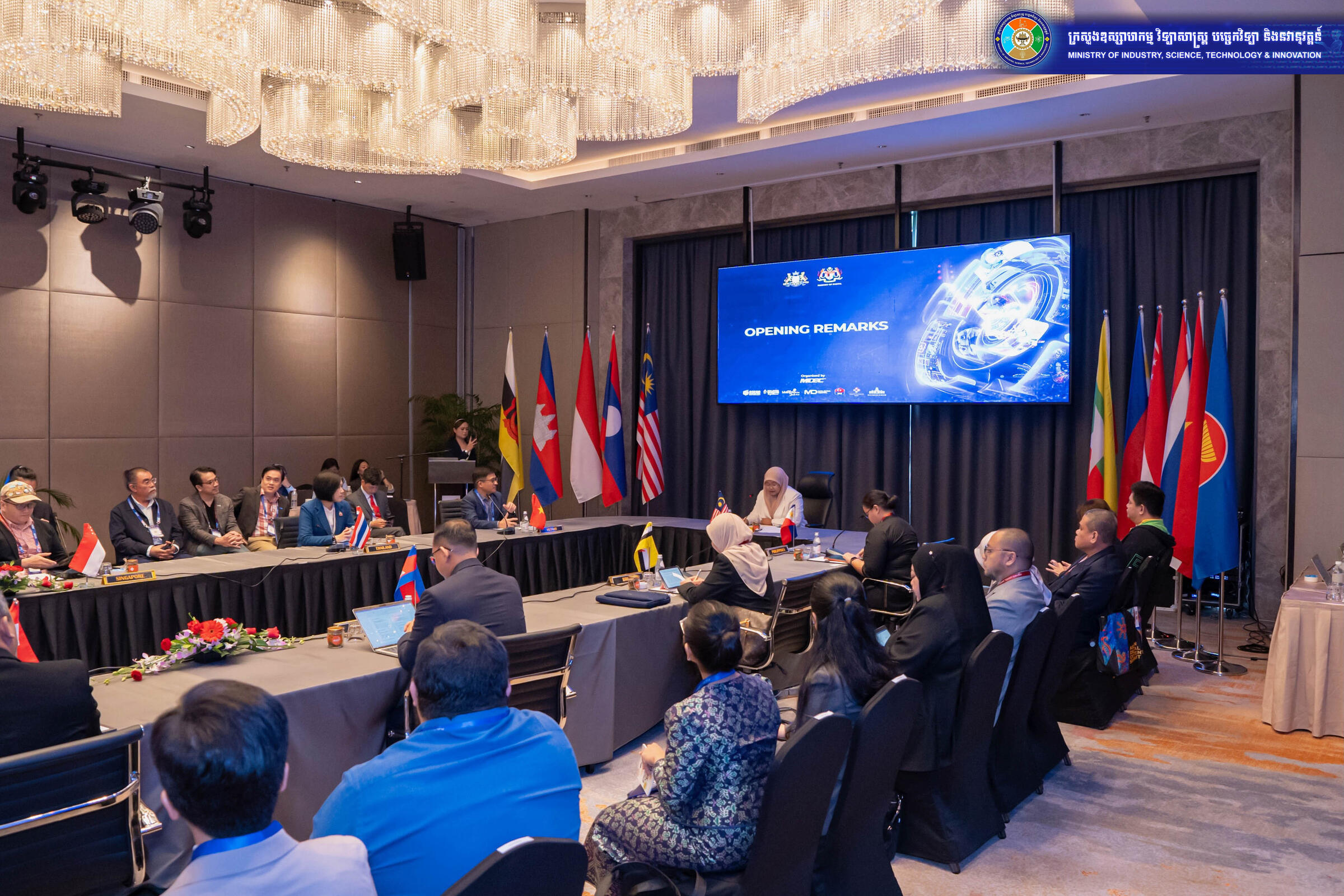
Johor Bahru, Malaysia – September 2–4, 2025 – Cambodia expressed its commitment to advancing the creative industry at the ASEAN Digital Content Summit 2025, urging regional companies to draw on Angkor-era storytelling and co-produce films, animations, games, and other digital media in Cambodia to boost ASEAN’s creative economy.
The country spotlighted its ambition to revive a once-flourishing creative industry dating back to the Angkor period and to bring those timeless stories into the modern age through films, animations, and digital content that can inspire global audiences.
“Our creative energy is driven by a new generation that is young, talented, English-speaking, and eager to learn,” said H.E. Seang Soleak, Advisor to the Ministry of Industry, Science, Technology & Innovation and Head of Cambodia’s Delegation to the Summit. “With the right training and guidance, these young talents can become creators, animators, game designers, and developers who bring Cambodian stories to regional and global platforms.”
The creative economy is increasingly recognized alongside other emerging economic models in the region. The blue economy covers sustainable activities linked to oceans and waterways—from fisheries and shipping to offshore energy and marine biotechnology—while the green economy focuses on growth and competitiveness through reduced carbon emissions, efficient resource use, and minimized environmental risks.
At the Summit, ASEAN leaders also highlighted the “orange economy” as a new frontier. H.E. Onn Hafiz Ghazi, Chief Minister of Johor, said the state must excel in the orange economy, which he described as encompassing the creative and cultural industries such as media, design, technology, and the arts. His remarks reflected ASEAN’s growing recognition that creativity and cultural industries are vital drivers of competitiveness, jobs, and identity.
Globally, the creative economy is valued at more than US$2.2 trillion, contributing around 3% of world GDP and employing nearly 30 million people across industries such as film, gaming, design, and digital media.
Asia has become a powerhouse in this field, with South Korea building a cultural content industry worth US$113 billion in just three decades, employing 600,000 people. Japan, too, has emerged as a global force, with anime, gaming, and media industries generating billions in exports and shaping global pop culture.
Cambodia is positioning its youthful population as the foundation of its own creative revival, with the digital economy projected to grow from US$1.62 billion in 2025 to US$4.5 billion by 2030, while employment is expected to double from 14,000 today.
During the Summit, Cambodia proposed four ASEAN-level initiatives: an ASEAN Co-Production Fund, an ASEAN Creative Talent Exchange, an ASEAN IP Fast-Track & One-Stop Licensing system, and an ASEAN Global Content Platform to promote and distribute regional content worldwide.
On the sidelines, H.E. Soleak met with Anuar Fariz Fadzil, CEO of the Malaysia Digital Economy Corporation, to explore collaboration in advancing the creative content industry.
He reaffirmed Cambodia’s readiness to work with Malaysia through joint research, business matching, and talent exchange, including initiatives to connect Cambodian studio owners and creative talent with their Malaysian counterparts.
By: Ministry of Industry, Science, Technology & Innovation